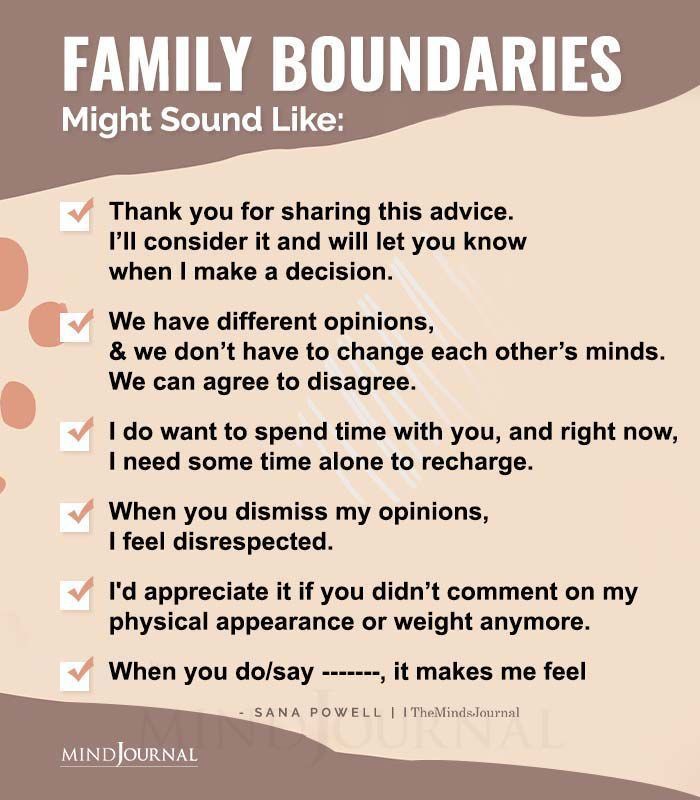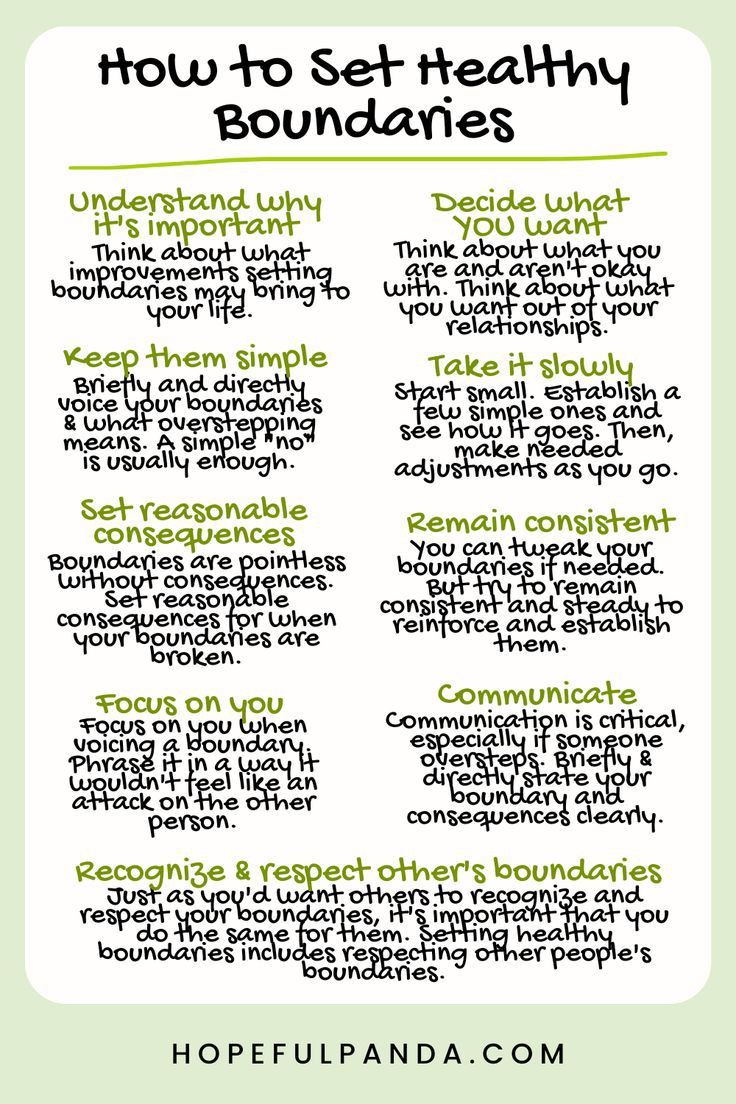Strategies for setting boundaries and managing stress teach you the ability to set and maintain boundaries at work or with family and friends without ticking anyone off.
Setting boundaries and managing stress are essential parts of living a balanced and healthy life. But sometimes, maintaining boundaries and managing stress can be challenging. In this blog post, we’ll explore strategies for setting boundaries and managing stress in a variety of life situations. By the end, you’ll have the means you need to maintain healthy boundaries and reduce stress in your life.

What is Boundaries
Boundaries are the limits you set on how other people can treat you and what you are willing to accept in a relationship. They are an important part of establishing healthy relationships, whether they are with friends, family, coworkers, or romantic partners. Setting boundaries can help you feel more in control of your life and prevent you from feeling overwhelmed or taken advantage of.
Types of Boundaries
Boundaries can be both physical and emotional. These are the specific types of boundaries.
- Physical boundaries: Physical boundaries are probably the most obvious type of boundary. They refer to the physical space around your body and the things you don’t want others to do to your body. Some examples of physical boundaries include:
- Not wanting to be hugged or touched by certain people.
- Wanting to keep your bedroom off-limits to others.
- Not wanting others to borrow or use your belongings without asking.
- Emotional boundaries: Emotional boundaries refer to the feelings and thoughts you want to keep private and not share with others. Some examples of emotional boundaries include:
- Setting limits on how much you share about your personal life.
- Being clear about your needs and wants in a relationship.
- Saying “NO” to requests or demands that are unreasonable or make you uncomfortable.
- Not allowing others to control your emotions or manipulate you.
- Avoiding conversations or situations that are toxic or harmful.
READ Self-care activities that promote relaxation and stress relief.

Boundaries at work
It is okay to Set and maintain boundaries with coworkers and superiors in the workplace. They are important for maintaining your mental health and work-life balance. Below are some tips to help you set and maintain boundaries at work.
- Establish your work hours and stick to them. Set clear expectations with your boss and coworkers about when you are available to work.
- Set limits on after-hours communication. Turn off your work phone or email notifications when you’re not working.
- Take breaks. Schedule regular breaks during the workday to avoid burnout. Don’t over-stress.
- Take time off. Make sure to use your vacation time and don’t work on your days off.
- Ask for help when needed. Do not be shy or try to please others while putting yourself at risk. Ask for help when you are totally not fine.
- Know your rights as an employee when it comes to boundaries. You may have legal protections against things like harassment and discrimination.

Boundaries with family and friends
It is also okay to set and maintain boundaries with family and friends, Manage expectations, and set boundaries with the people closest to you. These boundaries are also necessary for maintaining healthy relationships. This would help you set your boundaries
- Be clear and direct. Use “I” statements to express your needs and feelings without blaming or attacking others.
- Set limits. Be clear about what you will and won’t tolerate in your relationships.
- Practice self-care. Take care of your own needs first so you can show up fully for your loved ones.
- Have compassion. Remember that everyone has their own perspective and needs.
- Seek support. Talk to a therapist or counselor if you need help setting and maintaining
- Be patient and consistent. It may take time for them to adjust to the new boundaries, but stick to your guns and be consistent in your communication. You may encounter resistance or pushback, but it’s important to stay firm in your boundaries.

Strategies for setting boundaries and managing stress
Setting boundaries in general can be tricky but it’s important you set and maintain one for your mental health and to reduce stress. Setting and maintaining boundaries reduces stress greatly. Here are a few strategies for setting boundaries and managing stress:
- Define your boundaries. Know what you need and what you’re willing to tolerate, and set limits accordingly.
- Communicate your boundaries clearly and calmly. Be direct and respectful when stating your boundaries to others.
- Prioritize self-care. Take time for yourself to relax and recharge, and make your health and well-being a top priority.
- Recognize your triggers. Understand what situations or people cause you stress, and try to avoid or manage them when possible.
- Practice stress management techniques. Deep breathing, meditation, and exercise are all good options for managing stress. Find what works best for you and make it part of your routine.
- Seek support. Talk to a trusted friend, family member, or professional about your stress and how you’re coping with it. Having a support system can make a big difference.
- Set realistic goals. Don’t try to do everything at once or expect perfection. Start small and focus on progress, not perfection. Emphasis on Realistic goals.
Conclusion
Setting boundaries and managing stress work hand in hand. Your ability to set your boundaries and be consistent with them and not falter is one way to manage stress. Maintaining boundaries deals with stress because you no longer have to deal with people or things that stress you out.
And NO is a powerful tool, your ability to say NO is a very fantastic way to reduce stress.
Set boundaries, maintain them, be consistent, and track how progressive your life is.
Was this helpful?
Leave a comment.



